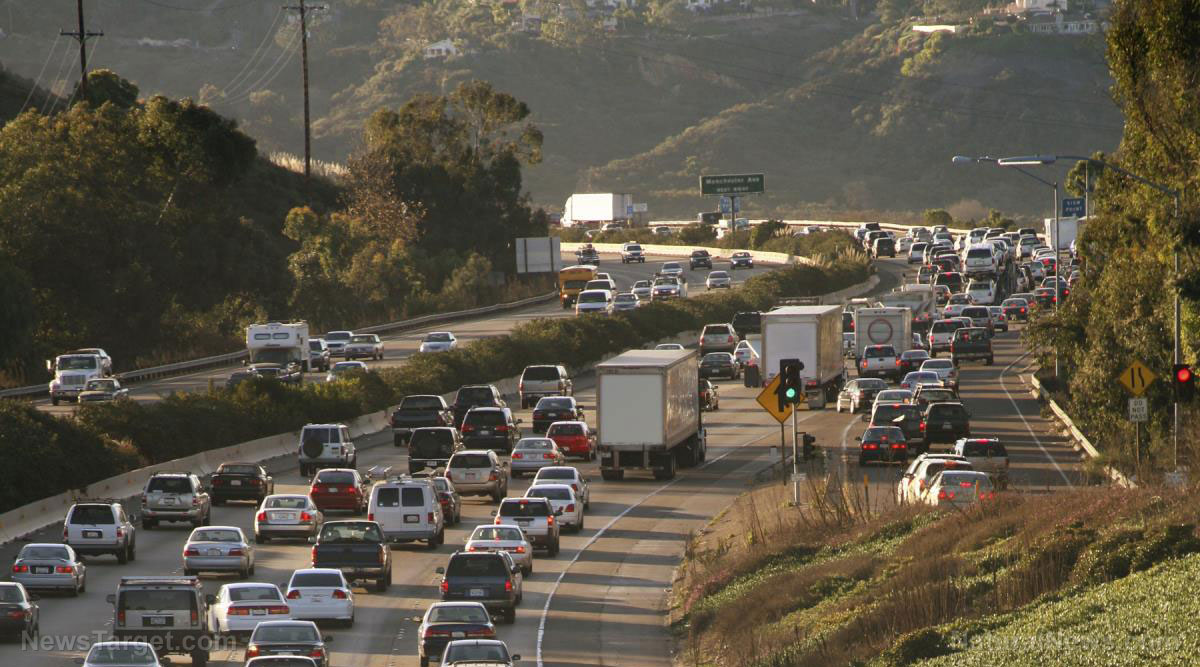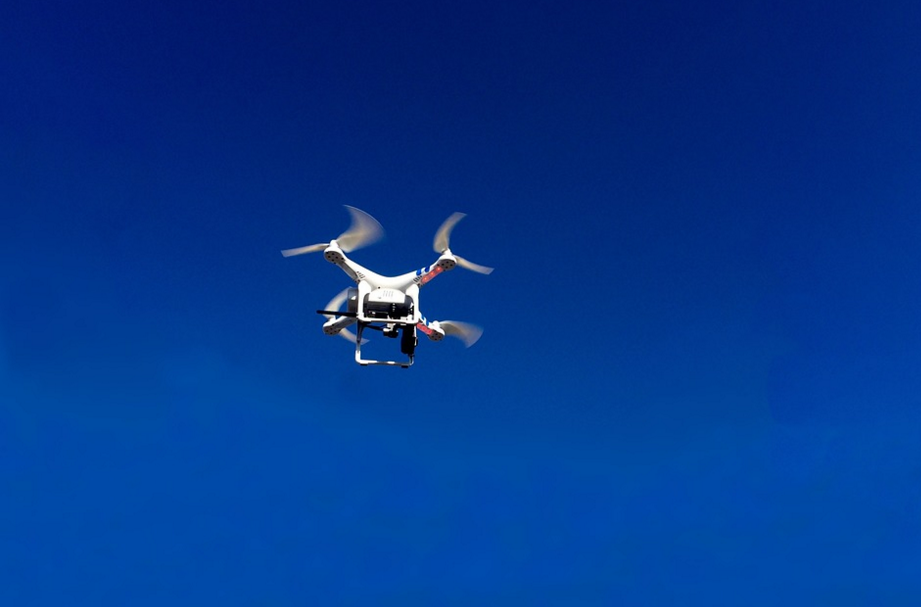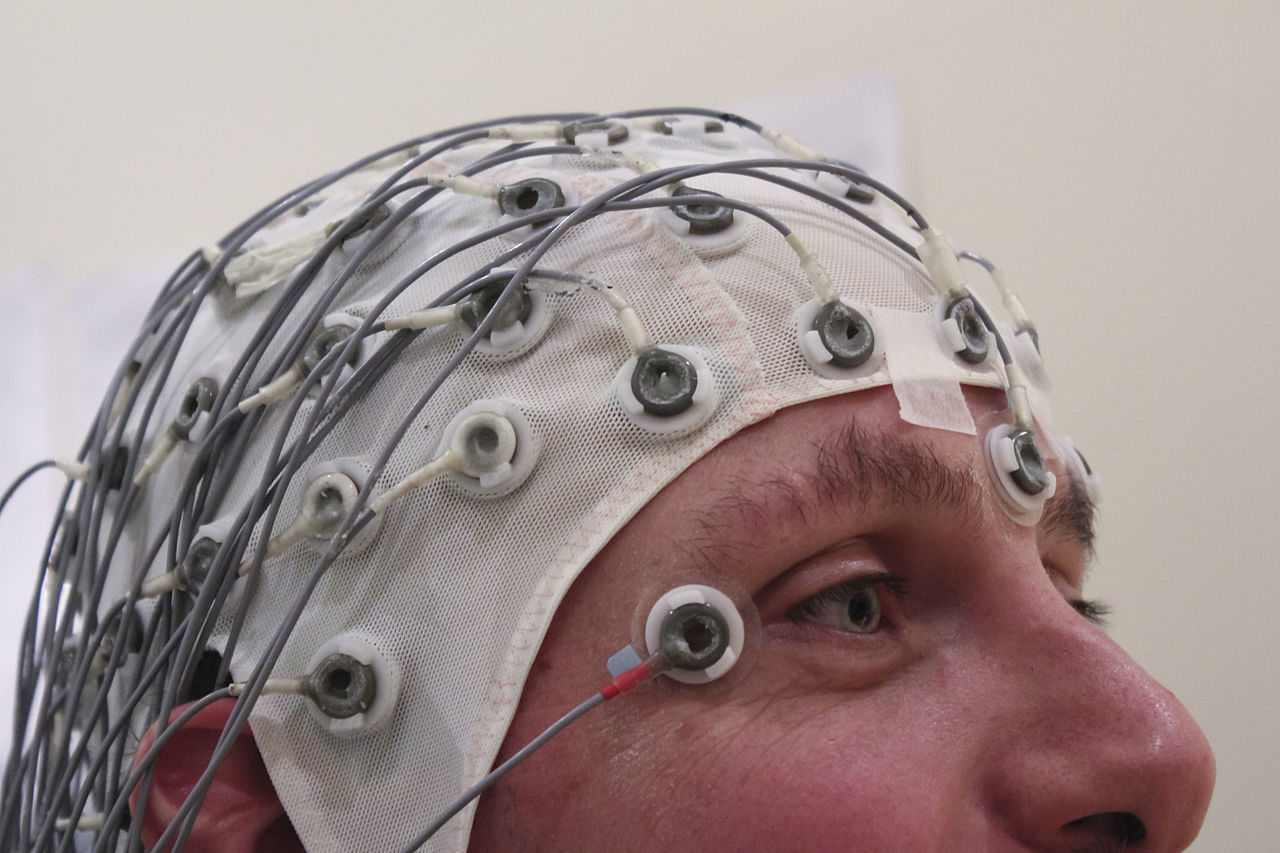Survey reveals almost every state in the union has become dependent on drone use for various mundane and dangerous tasks
11/11/2019 / By Lance D Johnson

In 2016, state transportation agencies did not operate a single drone. Now, just three years later, almost every state in the union is dependent on drone use for various mundane and dangerous tasks. A new survey from the American Association of State Highway and Transportation Officials reveals that thirty-six states have certified drone pilots on staff, as government agencies start to rapidly use this powerful technology to their advantage. Drones are now being used to inspect bridges, monitor wildlife, predict road wear, investigate accidents, and spray herbicides. Governments are just now learning how to use drones to their advantage and it won’t be long before they are used abusively and intrusively.
State transportation agencies rapidly expanding their usage of drones
Drones are expanding the scope and vision of government employees, making difficult tasks much easier to carry out. In Utah, government employees are flying drones into the mountains to monitor avalanche activity. The drone helps agencies predict future mudslides and avalanches, and can help the government map out where drainage ditches will be needed.
Transportation agencies in North Carolina are using drones to search for endangered birds and their nesting habitats. In some places, a large building project cannot be approved unless agents check the general area for protected birds and other wildlife. Now agents don’t have to fan out in helicopters and all-terrain vehicles to get the job done. Drones are doing the work much faster, with less risk.
In the open plains of Kansas, agents are utilizing drones equipped with thermal technology to help identify sick cows in the field. This helps farmers stop the spread of disease in their cattle. Sophisticated cameras can also pinpoint tiny cracks in roads and help agencies locate where roads need to be fixed before potholes show up. Drones are also being used to investigate traffic accidents, and they are able to take bird’s-eye view pictures to investigate the cause of the accident.
As government drone use increases, abuses will inevitably occur
As drone use increases, abuses will occur, as with all technology. For one, drones are currently being used to spray herbicide on invasive plants near shorelines. Widespread application of herbicide affects the diverse ecology that is needed to support life on Earth. Glyphosate use, banned in the city of Miami, is one of the reasons why Florida’s manatees are dying at an alarming rate. State transportation agencies will inevitably pay no mind to the toxicity of glyphosate and they will spray it at will, using drones to apply the herbicide to hard-to-reach areas.
Eyes in the sky, equipped with thermal technology, drones are just waiting to be abused by government employees and contractors. Over time, state transportation agencies may use drone fleets to not only investigate accidents, but to watch traffic and monitor people’s driving habits, to allegedly prevent accidents before they occur. These sophisticated flying cameras will inevitably assist government’s effort to write citations and collect revenue from the public. North Carolina is currently negotiating with the Federal Aviation Administration (FAA), asking to use multiple drones beyond the operator’s line of sight. They are also trying to use the drones at night, specifically over people. In the spirit of increasing safety, it won’t be long before the FAA allows more states a special waiver to fly fleets of drones above the public, to monitor traffic and to conduct other dangerous tasks that law enforcement typically engages in. It is obvious they can be useful, but the concern is that technology development, and implementation of its use, is happening faster than oversight and regulations can keep up. Even as drones make difficult tasks more efficient and safe, the right to privacy hangs in the balance.
Sources include:
Tagged Under: automation, dangerous tech, drone uses, drones, efficiency, FAA, future tech, government abuses, herbicide spraying, investigations, privacy, privacy watch, protected species, risk, road planning, state transportation, surveillance
RECENT NEWS & ARTICLES
COPYRIGHT © 2017 FUTURETECH.NEWS
All content posted on this site is protected under Free Speech. FutureTech.news is not responsible for content written by contributing authors. The information on this site is provided for educational and entertainment purposes only. It is not intended as a substitute for professional advice of any kind. FutureTech.news assumes no responsibility for the use or misuse of this material. All trademarks, registered trademarks and service marks mentioned on this site are the property of their respective owners.



















